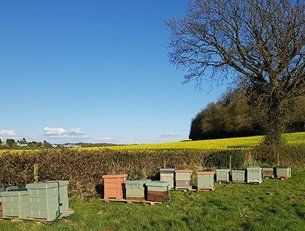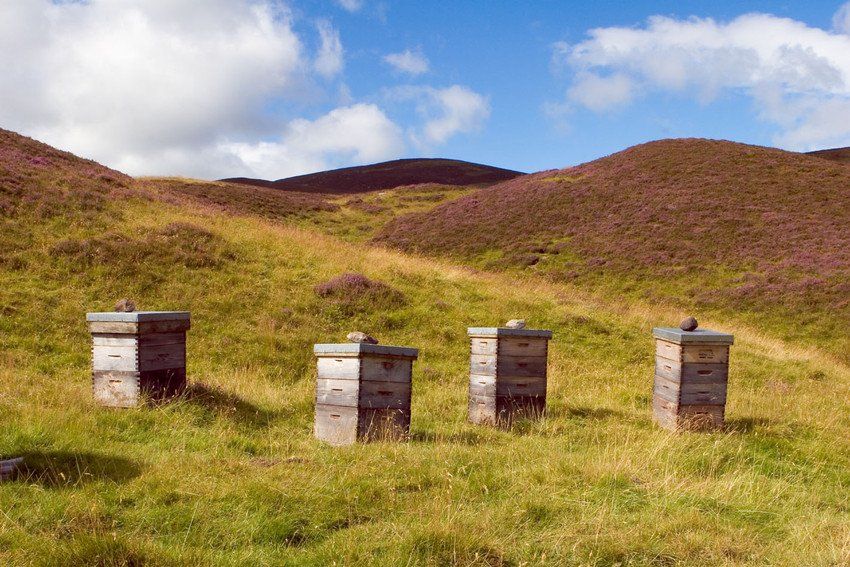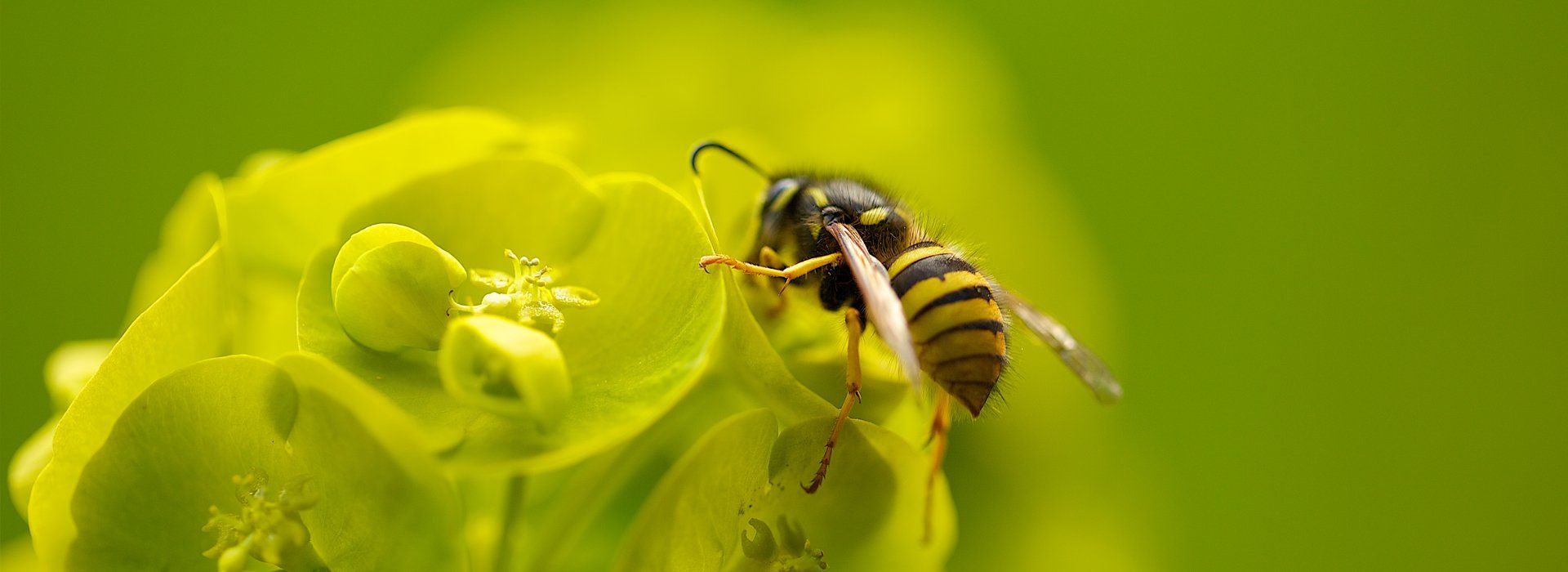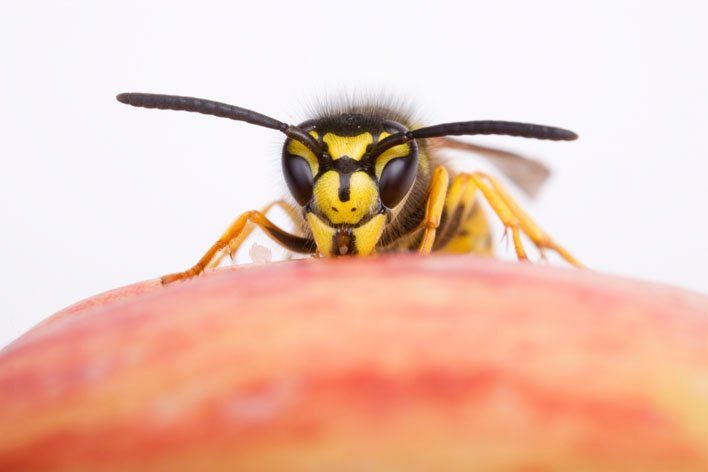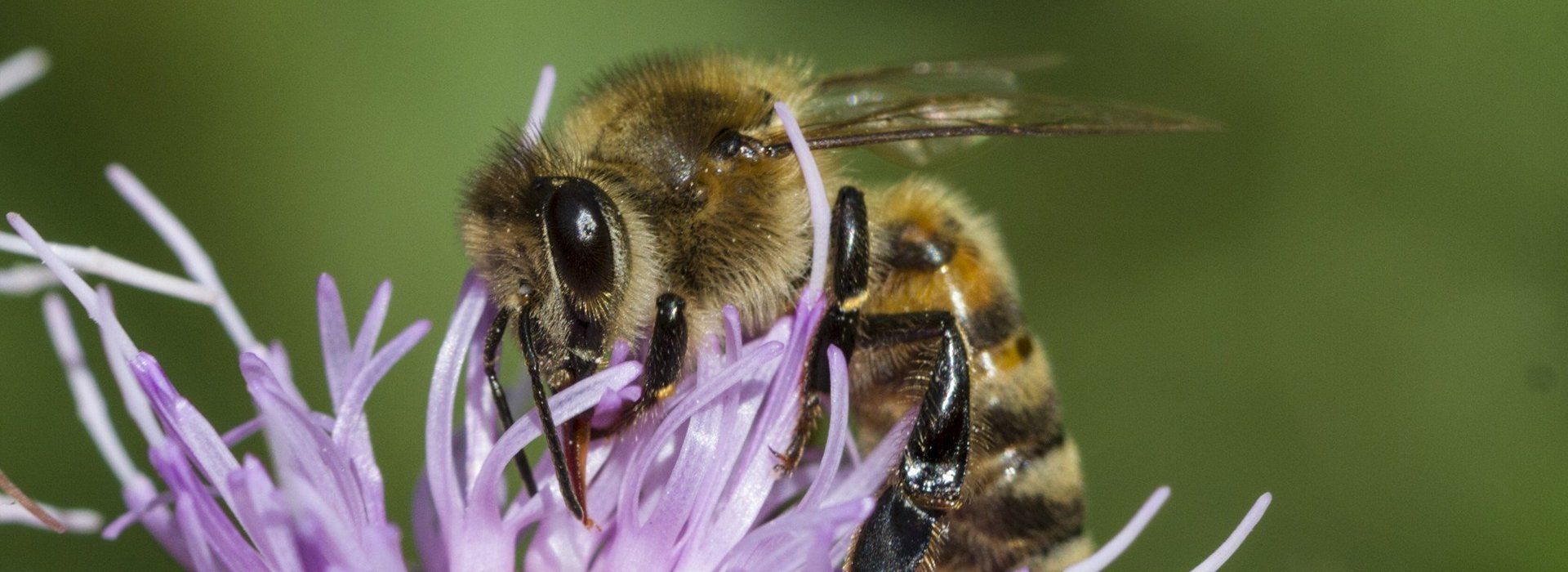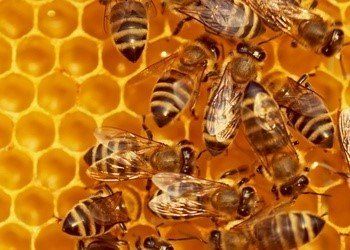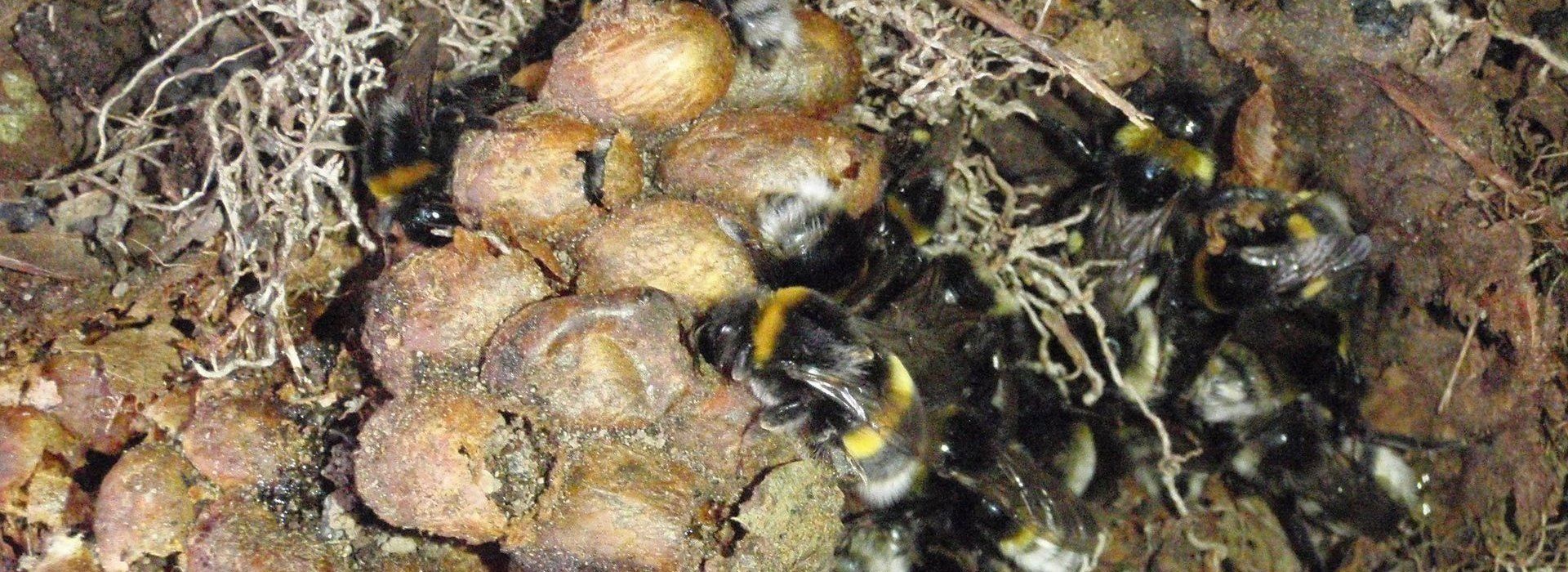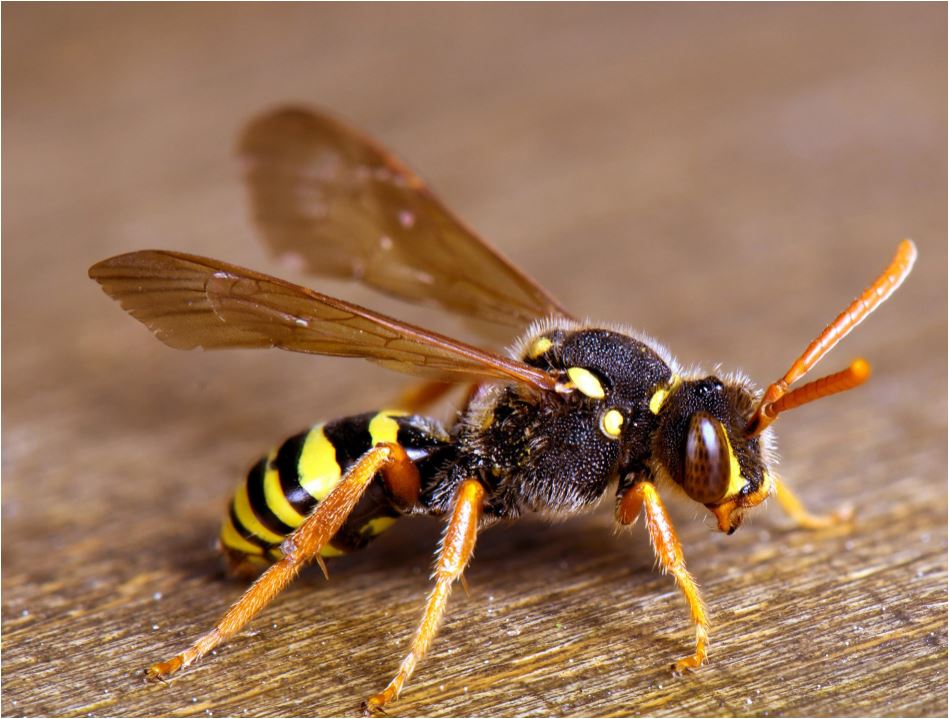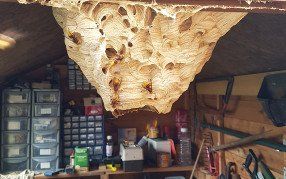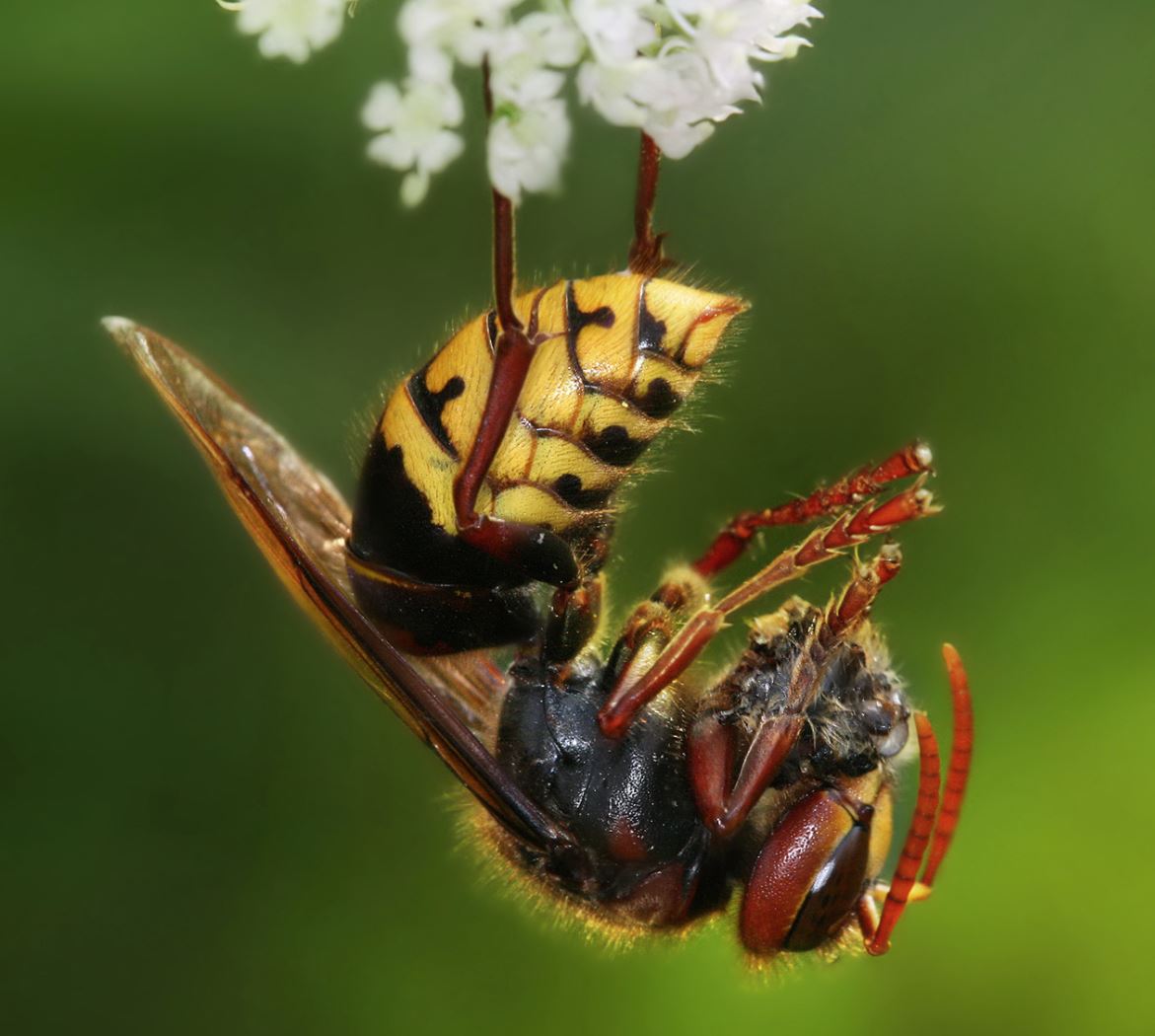The History of Beekeeping and Bee Control
Humans have been harvesting honey for hundreds of years - and it’s not difficult to understand why we love the stuff. Whether you enjoy it mixed with yoghurt and fruit in the morning, glazed over your roasted vegetables or stirred into your coffee for a sweet touch, most of us enjoy honey in our diets every day. Not only is it sweet and tasty, but honey is also rich in calories and it doesn’t spoil, which is why it’s a staple in so many of our cupboards.
But, when exactly did we discover honey, when did we start collecting it and when did beekeeping become popular? Today, it’s not uncommon to see people raising and keeping bees. Many people do it for the honey and the wax, whereas others do it to help save the bees and simply give them somewhere safe to live.
In this article, we take a look at the history of beekeeping and honey collecting.
The earliest depiction of honey collecting
The first human beekeepers were not in fact “keepers”; instead, they were honey collectors - or rather, stealers. One of the earliest historical sources of honey collection was a painting found in a cave near Valencia, Spain. The cave painting dates from 9,000 B.C.E. and shows a man climbing a tree to stick his hand into a beehive. A few honeybees can also be seen buzzing around the man and the hive. It’s unsurprising that mankind would soon discover that sticking your hand into beehives was far from safe and would result in more than just a sting or two.
Climbing cliffs and trees and sticking your hands into beehives wasn’t exactly beekeeping; as mentioned above, it was honey stealing. The oldest form of actual beekeeping (in which bees and their hives were kept purely for the purpose of collecting honey) dates back to Ancient Egypt, over 5,000 years ago. Egyptian beekeepers would transport hives and colonies with the changing seasons.
Depictions of beehives and honeypots, along with images of beekeepers using smoke to calm bees, were found on the walls of the Sun Temple of the Egyptian pharaoh Nyuserre Ini. However, there’s not just evidence in paintings - the Egyptians often buried themselves with honey too - another clear sign of the Egyptians’ love for honey and beekeeping. Some archaeologists even opened tombs to find pots of preserved honey with the bodies!
Ove time, beekeeping gained popularity across Europe, Asia and Africa. The whole world had a taste for honey and everyone was trying to work out how to best get it. In the early medieval age, honey was used by mankind as a basic sweetener. Monasteries encouraged beekeeping as they required beeswax to produce candles. When America and Australia were discovered, honeybees were exported to these continents too.
Modern form of beekeeping, as we know it today, began in the late 18th century and the beginning of the 19th century. Before the 18th century, bees were treated as an annual crop and beekeepers killed the bees to access their honey. Beehives used to be completely enclosed with a singular small opening for the bees, but no way for the beekeepers to access the honey inside. The Egyptians used terracotta jars, whereas Medieval Europeans used woven baskets (called skeps) and hollow logs to house their bees; the end goal always remained the same: kill the bees and enjoy the honey.
Bees were killed in a number of ways; medieval Europeans would hold a piece of burning sulfur at the entrance of the hive until the bees suffocated. The jars containing the bees and honey would be smashed, or the woven baskets scraped out. The destruction of the hive to harvest the honey resulted in the death of the entire colony and - after years and years of killing the bees and stealing their honey - beekeepers began to look for alternative ways to harvest honey without killing bees.
In 1770, Thomas Wildman introduced a new kind of hive that would allow beekeepers to harvest honey without killing the bees. This type of hive isn’t far from the ones we see and use today; it consists of a skep with an open top and a woven lid that can easily be removed. Seven frames are hung from the top, rather than letting the bees build their own structure inside. Wildman also suggested stacking multiple skeps on top of each other so that bees could move to new ones. This would leave others free and allow beekeepers to easily collect honey without harming any bees.
In 1851, Lorenzo Lorraine Langstroth developed a new type of beehive that is pretty much unchanged today. Building upon Wildman’s idea of stacked skeps and hanging frames, Langstroth replaced the woven skeps with sturdy wooden boxes. He also made the frames inside removable; this meant that, instead of filling the spaces between hanging frames with comb and propolis (what bees use to construct and insulate their hives), the bees would instead leave this space open.
Now that beekeepers could remove each frame one at a time, they had more control over their hives and the bees were more happy too. Individual frames could be removed without ripping the comb apart and causing distress to the bees. This made things a whole lot easier for both the beekeepers and the bees; suddenly, beekeepers could monitor their hives with ease and as often as they wanted, allowing them to easily keep on top of disease and track the queen’s progress.
Do you need bee hive removal ?
If you’ve got an unwanted hive of bees in your garden and want to get rid of the bees, it’s important to get in touch with a reliable, reputable and professional pest control company to deal with it for you. Beehives need to be removed safely and effectively, removing the risk of any danger and ensuring you remain safe.
Mr Wasp: pest control services you can rely on
With over four decades of experience in the industry, the team at Mr Wasp are equipped with the skills and knowledge to deal with stinging insect infestations. When we deal with an unwanted colony of bees that are a danger to you and your property, our dedicated team will attempt to move them to a more suitable location if possible. This ensures both you and the bees remain safe and happy.
At Mr Wasp, we are committed to resolving your pest issue quickly, efficiently and - most importantly - safely. If you have a problem with wasps, hornets or bees, we’re the company you can rely on. No matter the size or severity of the infestation, our highly-skilled wasp exterminators can deal with it.
We understand how bees, wasps and hornets can affect your home or business and offer our pest control services to clients in Cardiff and across South Wales. We’re proud to offer 24/7 callouts and always aim to get to you in the fastest time possible. If you find a bee, wasp or hornet nest, no matter how big or small, you should never try to eradicate or relocate it yourself. This can be dangerous and will almost certainly end in failure. Instead, let the professionals at Mr Wasp handle it.
For more information about us and our pest control services, including bee and wasp removal, visit our website today.

